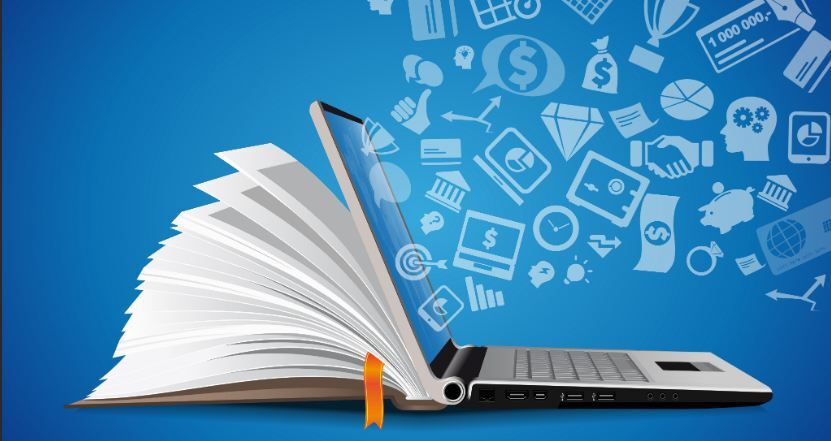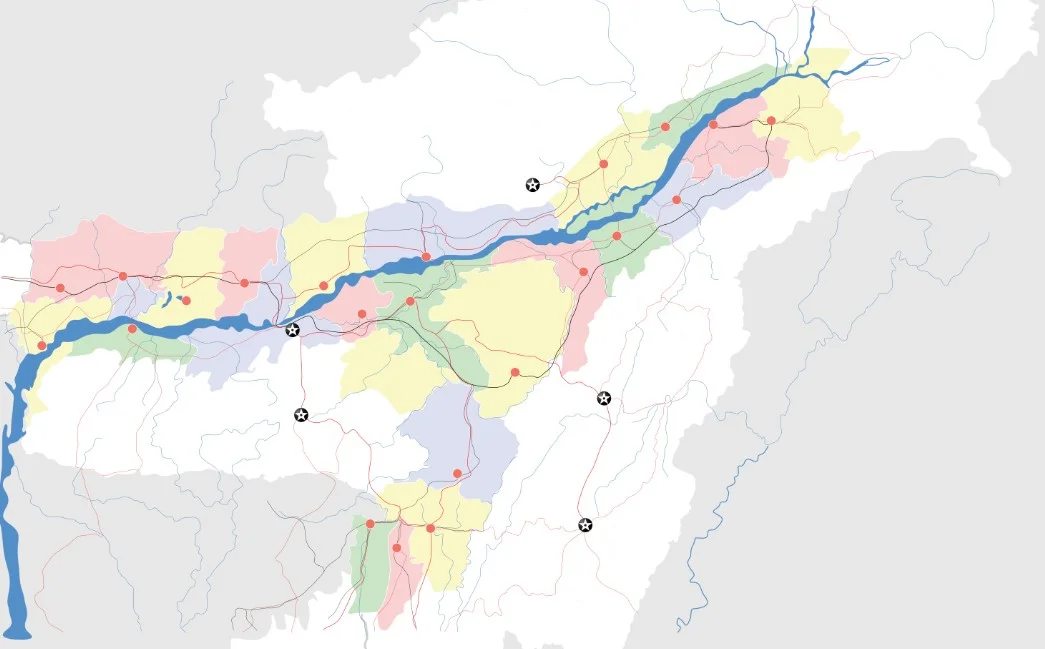Technology has become an integral part of our daily lives, transforming the way we live, work, and learn. In the realm of education, the impact of technology is profound, ushering in a new era of possibilities and challenges. As we navigate this dynamic landscape, it is crucial to understand the multifaceted role that technology plays in shaping the educational experience for students, educators,
Enhancing Learning Environments
Interactive Learning Platforms
The advent of interactive learning platforms has revolutionized traditional classroom settings. These platforms leverage cutting-edge technologies, such as augmented reality and gamification, to create engaging and immersive learning experiences. Students can now explore historical events, conduct virtual science experiments, and collaborate with peers in a digital space that mirrors real-world scenarios.
Personalized Learning Paths
Technology enables the customization of learning paths to cater to individual student needs. Adaptive learning systems use data analytics to assess students’ strengths and weaknesses, tailoring lessons accordingly. This personalized approach fosters a more effective learning environment, accommodating diverse learning styles and paces.
Digital Textbooks and Resources
Gone are the days of lugging around heavy backpacks filled with textbooks. Digital textbooks and online resources have become commonplace, providing students with instant access to a wealth of information. This shift not only reduces the environmental impact but also allows for real-time updates and multimedia-rich content, enhancing the overall learning experience.
Facilitating Remote Education
Virtual Classrooms
The global rise of remote education has been accelerated by advancements in technology. Virtual classrooms enable students and educators to connect seamlessly, transcending geographical barriers. Video conferencing tools, collaborative software, and cloud-based platforms have become essential components of the virtual learning landscape.
Asynchronous Learning Opportunities
Technology facilitates asynchronous learning, allowing students to access lectures and assignments at their convenience. This flexibility is particularly beneficial for non-traditional students, working professionals, and those with diverse schedules. Asynchronous learning promotes inclusivity and broadens access to education.
Digital Assessment Tools
The shift to remote education has necessitated the development of robust digital assessment tools. Online quizzes, automated grading systems, and plagiarism detection software streamline the evaluation process, providing educators with timely insights into student performance. This not only enhances efficiency but also allows for more comprehensive feedback.
Transforming Teaching Methodologies
Professional Development through Technology
Educators themselves are embracing technology for professional development. Online workshops, webinars, and collaborative platforms empower teachers to stay updated on the latest pedagogical practices and technological advancements. This continuous learning cycle ensures that educators are well-equipped to navigate the evolving educational landscape.
Integration of EdTech in Curricula
The integration of educational technology (EdTech) into curricula has become a cornerstone of modern teaching methodologies. From interactive whiteboards to coding exercises, incorporating technology enhances engagement and equips students with digital literacy skills essential for the 21st century.
Addressing Challenges and Concerns
While the benefits of technology in education are undeniable, challenges and concerns persist. Issues such as the digital divide, privacy concerns, and the potential for distraction require thoughtful consideration. Institutions must navigate these challenges to ensure equitable access and a secure learning environment.
FAQs
Q: How has technology impacted traditional teaching methods?
A: Technology has transformed traditional teaching methods by introducing interactive platforms, personalized learning paths, and digital resources, enhancing engagement and customization.
Q: What role does technology play in remote education?
A: Technology facilitates remote education through virtual classrooms, asynchronous learning opportunities, and digital assessment tools, breaking down geographical barriers and providing flexibility.
Q: How are educators adapting to the technological shift in education?
A: Educators are embracing technology for professional development, integrating EdTech into curricula, and staying abreast of technological advancements to enhance teaching methodologies.
The Future of Education: Embracing Innovation
As we navigate the ever-evolving landscape of education and technology, it is clear that the two are inextricably linked. The future holds even more innovative possibilities, from artificial intelligence-driven tutoring to immersive virtual reality experiences. Embracing these innovations responsibly is key to unlocking the full potential of technology in shaping the next generation of learners












